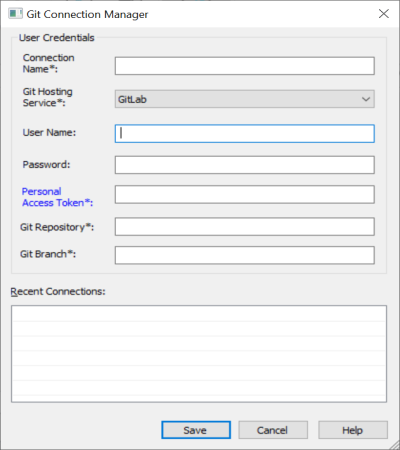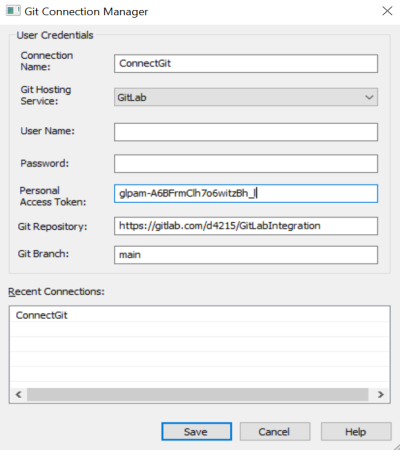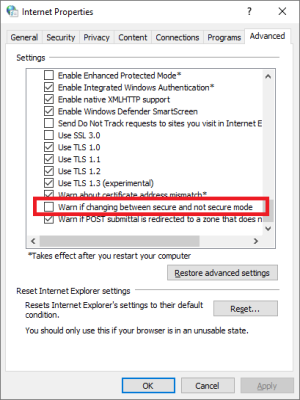erwin® Data Modeler by Quest® R12.0: Leading the way with a new DevOps GitHub capability

If you’re a long-time erwin® Data Modeler by Quest® customer, you might be asking yourself, “What happened to the release naming convention of erwin Data Modeler?” In 2021 erwin Data Modeler released 2021R1. But in 2022, the release naming convention changed from following the standard practice using the current year and number of releases to R12.
Why?
“Because erwin Data Modeler and erwin Data Intelligence are closely aligned and provide complementary services, it just made sense to align the release naming convention,” said Prashant Parikh, vice president, Development Engineering, R&D at Quest Software. “So, this release of erwin Data Modeler aligns with the release of erwin Data Intelligence 12.0,” he concluded.
What’s new in erwin Data Modeler R12.0?
Besides being an award-winning data modeling tool, erwin Data Modeler is proving it can still innovate by adding even more NoSQL database connectivity support options and a DevOps feature that makes this trusted 30-year tool the new kid on the block again.
In addition to our existing relational, cloud, big data DBMS and NoSQL targets, this release adds full support for six new NoSQL databases and one upgrade:
- Neo4j
- ArangoDB
- Parquet
- DynamoDB
- Amazon Keyspaces
- Google Big Query
- Couchbase 7.0
The last release erwin Data Modeler added support for: Couchbase 6.0, Cassandra, MongoDB, JSON and AVRO. With this release we have added a significant number of NoSQL databases and we will continue this journey in upcoming releases. The biggest advantage is that now users can model NoSQL databases as they do with relational databases, and can even convert from RDBMS to NoSQL.
erwin Data Modeler expanded its existing relational database connectivity to Databricks with traditional modeling support.
This release also marks enhancements to productivity, UI and Mart.
While everyone will agree that added connectivity and expanded modeling techniques for NoSQL allows for increased collaboration, improved application quality, shorter development time, less re-work and increased support/documentation – the big news in this release is DevOps capability.
DevOps GitHub integration via Mart
Data modelling data definition language (DDL) can now be integrated into a GitHub/Git repository via Mart. This allows users to stay within the tool and easily migrate DDLs, with more accuracy, traceability, time savings and better collaboration. By migrating DDLs to GitHub, developers and DBAs no longer have depend upon data modelling teams to send them DDLs. This integration provides:
- Easy integration with Git
- The ability to push DDL into Git
- The ability to add delta changes in the DLL via an alter statement
The Mart integration with GitHub means that schema are updated and the model can be kept in sync with database changes as part of the CI/CD process. Using Git repositories enables you to utilize Git features, such as version control and collaboration with team members. It also gives access to database developers, so modelers and developers can work together and stay in sync.
“This is a great milestone and step forward. We will continue this progress in DevOps integration to reduce risk and speed collaboration between developers and DBAs. Watch for continued advancements in this category as we make sure that database developers can take full advantage of the modelers’ efforts,” said Parikh.
Are you ready to try out the newest version of erwin Data Modeler?DevOps GitHub integration via MartOne-click push of data modeling data definition language (DDL) and requests to GitHub/Git repository via Mart. Get a free trial of erwin Data Modeler Have questions? Ask an Expert |
Keep reading to see how to connect to Git repositories. This section was taken from erwin Data Modeler Release Notes 12.0
Connecting to Git Repositories
Starting with erwin Data Modeler 12.0, you can connect erwin Data Modeler to Git repositories via Mart Server. This enables you to push Forward Engineering (FE) scripts for a Mart Model to GitLab or GitHub. You cannot store FE scripts or DDL on a Mart Server but only erwin models. With Git support you can adopt DevOps principles as you can commit FE scripts in Git repositories. Working with these repositories helps you with:
- DevOps adoption
- collaboration with team members
- version control
- workflow management
- data integrity
Pushing FE scripts to a Git repository involves:
- Connecting erwin Data Modeler to Mart Server
- Connecting erwin Data Modeler to a Git repository
- Opening a Mart Model and committing FE scripts
Connecting erwin Data Modeler to Git Repositories
A Git repository may be hosted on GitLab or GitHub. For a successful connection to these repositories, here are the prerequisites:
- erwin Mart: Ensure that:
- erwin Data Modeler is connected to erwin Mart Server. For more information on connecting erwin Data Modeler to Mart Server, refer to the Connect to Mart
- the DM Connect for Git permission is enabled for your Mart user profile at the root, Mart level. By default, this permission is enabled for the out-of-box Admin profile.

This permission is not available for other out-of-box profiles.
- Personal Access Token: Ensure that you have created the required personal access token. To learn how to create personal access tokens for GitLab, refer to the GitLab documentation. To learn how to create personal access tokens for GitHub, refer to the GitHub documentation.
Once these prerequisites are in place, to connect Git repositories to erwin Data Modeler, follow these steps:
- On the ribbon, click Mart.

- Click Git Connections.
The Git Connection Manager page appears.

- Enter appropriate values in the fields. Refer to the following table for field descriptions.
| Field Name | Description | Additional Information |
| Connection Name | Specifies a user defined connection name | For example, ConnectGit.
You can create multiple connections, one for each Git repository. |
| Git Hosting Service | Specifies the Git hosting service to which erwin Data Modeler connects | GitLab: Indicates that erwin Data Modeler connects to GitLab
GitHub: Indicates that erwin Data Modeler connects to GitHub |
| User Name | Specifies the username to log on to the Git hosting service | This field is not mandatory. |
| Password | Specifies the password to log on to the Git hosting service | This field is not mandatory. |
| Personal Access Token | Specifies the personal access token to connect to the Git hosting service | |
| Git Repository | Specifies the URL of a Git repository where you want to push the forward engineering script | For example, https://gitlab.com/d4215/GitLabIntegration |
| Git Branch | Specifies the branch that is used to push the forward engineering script | For example, main. |
- Click Save.
Upon successful connection, the connection name appears under Recent Connections.

Troubleshooting
While setting up your connection, you may encounter the following error:

To resolve this error, follow these steps:
- On your system, go to Control Panel> Internet Options > Advance Tab.
- Clear the Warn if changing between secure and not secure mode check box.

- Click OK.
- Close and reopen erwin Data Modeler.
- Connect erwin Data Modeler to Mart Server.
- Launch the Git Connection Manager page and configure the Git connection.
Once you are connected to a Git repository, you can commit FE scripts.
Related links:
Event: What’s New in erwin Data Modeler R12
Video: Empower 2021: Fireside chat – Model-driven DevOps – What Is It?
eBook: Taking Control of NoSQL Databases
Guides, tutorials, FAQs and more: erwin Data Modeler 12.0 Bookshelf
Join an erwin user group
Meet with fellow erwin users and learn how to use our solutions efficiently and strategically. To start, we’ll meet virtually twice a year, with plans to expand to meet in person. Hear about product roadmaps, new features/enhancements, interact with product experts, learn about customer successes and build and strengthen relationships. Join a group today.
Like this blog? Please subscribe.
If you like this blog, subscribe. All you need to provide is your name and email located at the right margin of this blog post.
Help your colleagues
If you think your colleagues would benefit from this blog, share it now on social media with the buttons located at the right margin of this blog post. Thanks!

